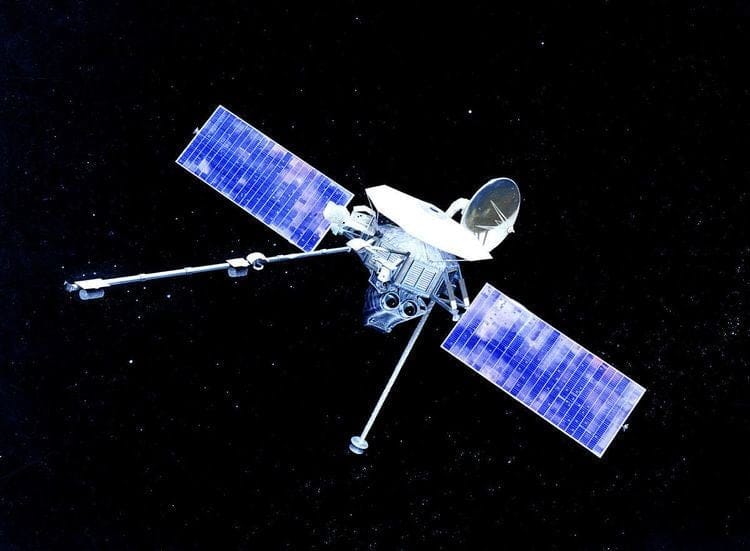The Parker Solar Probe, a robotic spacecraft launched by NASA, recently made history by breaking the speed of record for the fastest human-made object. In its close approach to the Sun, it achieved a remarkable speed of approximately 430,000 miles per hour, allowing scientists to collect invaluable data about our star and its outer atmosphere, known as the corona. As it hurtled towards the Sun, the Parker Solar Probe ventured deeper into solar space than any previous mission, boldly challenging the boundaries of human innovation and scientific exploration.
This momentous milestone represents the culmination of years of research and engineering by NASA and a team of scientists from around the world. The mission aims to study the Sun’s corona, which is an extremely hot and dynamic environment, in order to better understand the solar wind, solar storms, and other solar phenomena that can have a significant impact on the Earth’s technology and climate.
The close proximity to the Sun provided scientists with the data they’ve been seeking for decades. By observing the corona’s secrets, researchers hope to find ways to better protect our planet and satellites from the threats posed by space weather. As the Parker Solar Probe continues on its journey, it will return even more vital information, further enhancing our understanding of the most important star in the universe.

